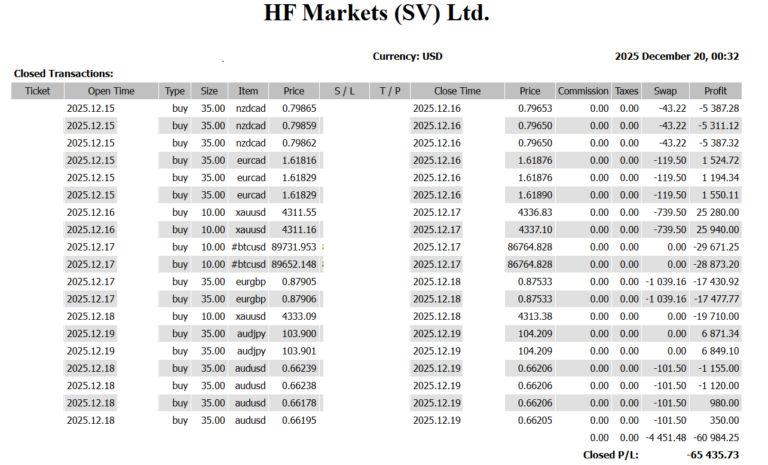🌍 Weekly Open: Flurry of Central Bank Comments, Dollar Strength Faces Correction
Market Overview
At the start of the week, FX markets opened relatively calm. Scheduled data releases include:
-
Turkey Consumer Confidence (Sep)
-
Hong Kong CPI (Aug)
-
Canada Industrial Product Prices (Aug)
-
Eurozone Consumer Confidence (flash, Sep)
These indicators are unlikely to significantly shift the global dollar trend. The main focus instead is on a series of speeches by Fed, ECB, and BOE officials, drawing attention just as last week’s strong dollar trend enters a corrective phase.
Early London Moves
-
USD/JPY: fell to 147.82, now hovering near 147.85
-
EUR/USD: rebounded from 1.1726 to 1.1769
-
GBP/USD: bounced from 1.3453 to 1.3503
-
U.S. 10-year yield: eased into the 4.12% range
The dollar rally that persisted through last week has paused, with markets adopting a “wait-and-see” stance ahead of official comments.
📊 Simplified FX Range Forecasts (Start of the Week)
| Pair | Range Forecast | Key Focus | Strategy Note |
|---|---|---|---|
| USD/JPY | 147.20 – 148.80 | Gov’t/BOJ intervention risk near ¥149. Fed speakers key | Sell rallies; dips into ¥146s may attract bids |
| EUR/USD | 1.1720 – 1.1800 | ECB commentary, Eurozone confidence data | Buy dips; if below 1.172, step aside |
| GBP/USD | 1.3450 – 1.3550 | UK PMI, BOE speeches, fiscal concerns | Longs valid above 1.35 |
| EUR/JPY | 173.00 – 174.50 | Balance of euro resilience vs. yen buying | 173.00 support; consider sell into rebounds |
| GBP/JPY | 199.00 – 201.00 | UK gilt yields, BOE tone | Buy dips below 200; take profit near 201 |
✅ Summary
Today’s FX market is expected to be headline-driven rather than data-driven.
-
The dollar’s advance is pausing, with volatility hinging on comments from Fed, ECB, and BOE officials.
-
USD/JPY at 149 remains the key watchpoint, with intervention fears capping upside.
-
Euro and pound may see wider swings depending on the tone of European and UK policymakers.
-
Investors will remain highly sensitive to the direction of U.S. yields and the rhetoric from central bankers.


